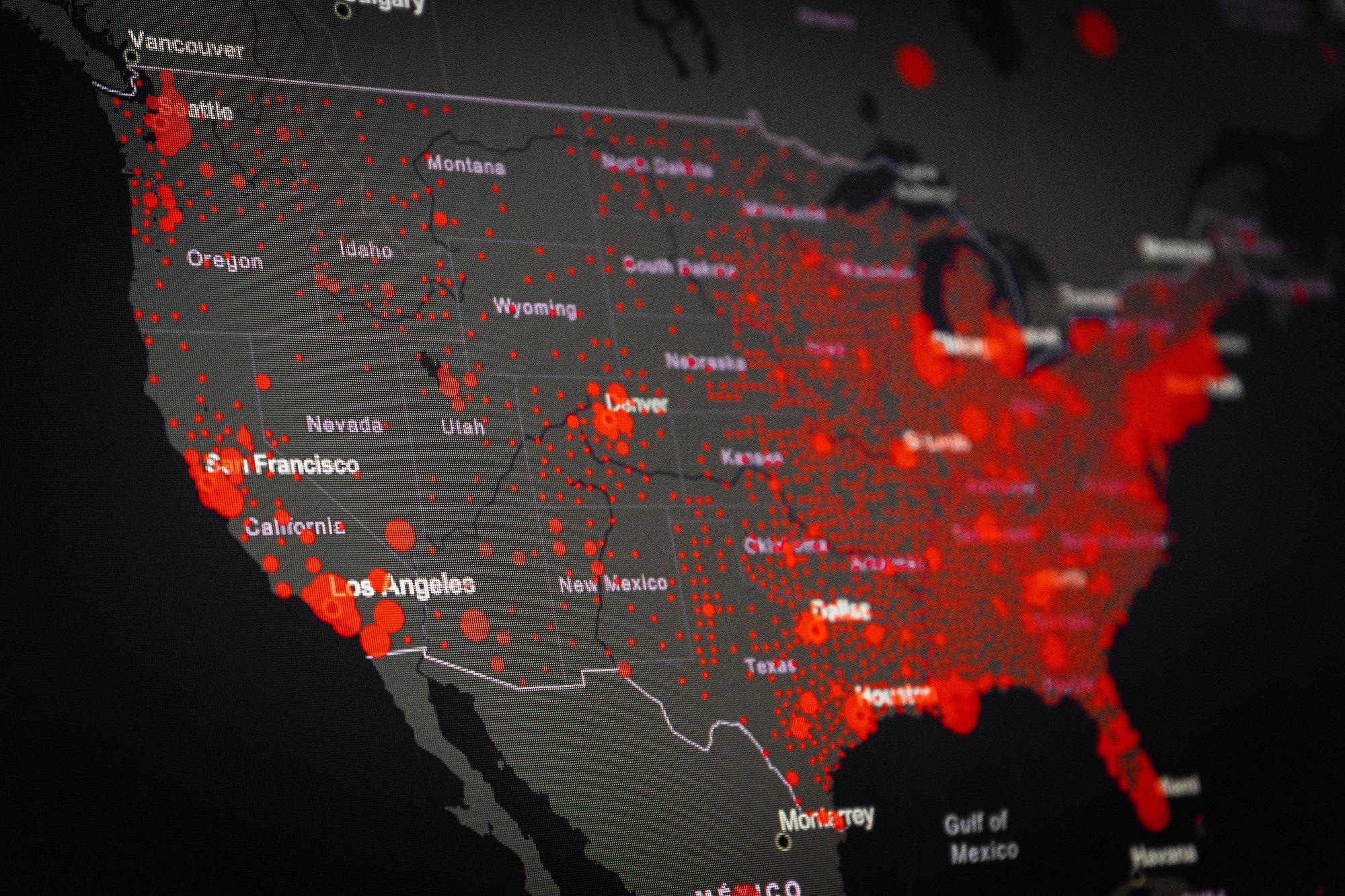In a recent research paper posted to the medRxiv* preprint server, scientists from Yale School of Public Health analyzed severe acute respiratory syndrome coronavirus 2 (SARS-CoV-2)-linked deaths in the United States (US).
 Study: One Million and Counting: Estimates of Deaths in the United States from Ancestral SARS-CoV-2 and Variants. Image Credit: Gargantiopa / Shutterstock
Study: One Million and Counting: Estimates of Deaths in the United States from Ancestral SARS-CoV-2 and Variants. Image Credit: Gargantiopa / Shutterstock

 *Important notice: medRxiv publishes preliminary scientific reports that are not peer-reviewed and, therefore, should not be regarded as conclusive, guide clinical practice/health-related behavior, or treated as established information.
*Important notice: medRxiv publishes preliminary scientific reports that are not peer-reviewed and, therefore, should not be regarded as conclusive, guide clinical practice/health-related behavior, or treated as established information.
Background
Novel SARS-CoV-2 variants with higher virulence, transmissibility, and immune evasion have emerged due to sustained worldwide coronavirus disease 2019 (COVID-19) transmission since its emergence in Wuhan, China, at the end of 2019. In the US, over one million SARS-CoV-2-related deaths have been reported so far. In addition, SARS-CoV-2 mutants identified worldwide have shifted the course of the COVID-19 epidemic in the US several times.
As of 12 May 2022, the World Health Organization (WHO) has described five SARS-CoV-2 variants of concern (VOCs), first found in four distinct continents. All five VOCs were more contagious than the original SARS-CoV-2 strain and spread to the US. COVID-19 vaccines produced based on the non-variant SARS-CoV-2 (i.e., non-VOC SARS-CoV-2) are weakly efficacious against Omicron and Delta VOCs infections yet extremely effective against severe illness. Notably, over the length of the US SARS-CoV-2 epidemic, the particular burden of death from each viral variant remains unknown.
About the study
The goal of the present study was to calculate the number of deaths caused by each SARS-CoV-2 mutant in the US. The scientists built an epidemiologic model to determine the number of documented COVID-19 deaths in the US attributed to each SARS-CoV-2 mutant. They used information obtained from the Centers for Disease Control and Prevention (CDC) about SARS-CoV-2-linked mortalities by jurisdiction and circulating viral variant percentages. Further, to address parameter uncertainty, the team performed a sensitivity evaluation.
The current analysis was based on the tentative numbers of SARS-CoV-2 mortality from the National Center for Health Statistics (NCHS) of CDC. This data was accessed up to 12 May 2022.
To obtain the number of documented COVID-19 deaths caused by each SARS-CoV-2 variant, the team back-distributed mortalities to determine the proportion of eventually fatal COVID-19 cases testing positive every day in each jurisdiction and then contrasted these statistics to percentages of variants between sequenced cases in the exact location and timepoint, controlling for variances in disease severity among variants.
Given the interval between the onset of symptoms, testing, and mortality, the team used lags to estimate the timing of sample procurement for new fatalities. They anticipated that sampling for testing occurred zero, one, two, or three days following the beginning of symptoms, with a correlated probability of 25% for all of these four possible lag times for the primary assessment. The researchers also hypothesized a lag between the start of symptoms and death.
Findings
The authors illustrated that 46% (460,124) of the 1,003,419 SARS-CoV-2 mortalities documented as of 12 May 2022 were attributable to WHO-designated SARS-CoV-2 variants in the US at the national level. On the other hand, 54% of all COVID-19 mortalities were attributed to non-variant SARS-CoV-2.
The researchers demonstrated the influence of the SARS-CoV-2 variants throughout the US. The variants caused a significant number of deaths in all regions. The South had the highest variant deaths per capita, with a median estimate of 158 per 100,000, while the Northeast had the fewest, with a median estimate of 111 per 100,000, by US census region. Some areas were disproportionately affected, owing to disparities in vaccination coverage, demographics, preexisting immunity, societal vulnerability, and non-pharmaceutical intervention use.
SARS-CoV-2 Alpha, with a median estimate of 39,548 deaths, Omicron (117,560), and Delta (273,801) were projected to be responsible for almost 40% of national COVID-19 deaths. Indeed, 3,628 of the COVID-19 deaths documented by NCHS could not be assigned to a SARS-CoV-2 variant since the week of mortality was not specified at the state level in the data.
Conclusions
Study findings show that SARS-CoV-2 mutants that have been discovered across the world have claimed a considerable amount of lives in the US. SARS-CoV-2 variants initially found outside the US were responsible for over 40% of COVID-19 deaths in the nation.
The current study backs up the claim that "no one is safe until everyone is safe" by demonstrating the notable effect of SARS-CoV-2 mutants on US mortality, which has emerged in the vicinity of uncontrolled circulation both locally and globally. This analysis implies that fast implementation of methods to mitigate the impact of emerging SARS-CoV-2 variants following the commencement of a viral epidemic could be beneficial. The authors noted that more efforts were needed to reduce the likelihood of novel SARS-CoV-2 variants arising, including worldwide COVID-19 vaccination, therapy, and outbreak management, apart from national public health policies.
To summarize, the present work emphasizes the risk that novel SARS-CoV-2 variants pose to Americans, a hazard exacerbated by poor global COVID-19 vaccination rates and a scarcity of therapeutics, diagnostics, and prophylactic approaches for SARS-CoV-2 infection.

 *Important notice: medRxiv publishes preliminary scientific reports that are not peer-reviewed and, therefore, should not be regarded as conclusive, guide clinical practice/health-related behavior, or treated as established information.
*Important notice: medRxiv publishes preliminary scientific reports that are not peer-reviewed and, therefore, should not be regarded as conclusive, guide clinical practice/health-related behavior, or treated as established information.